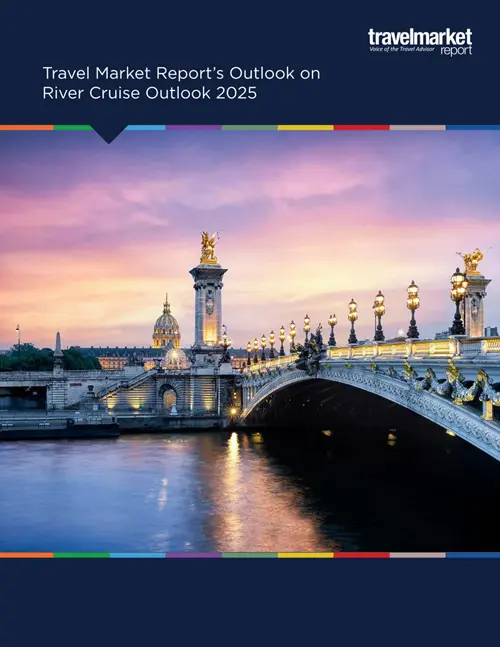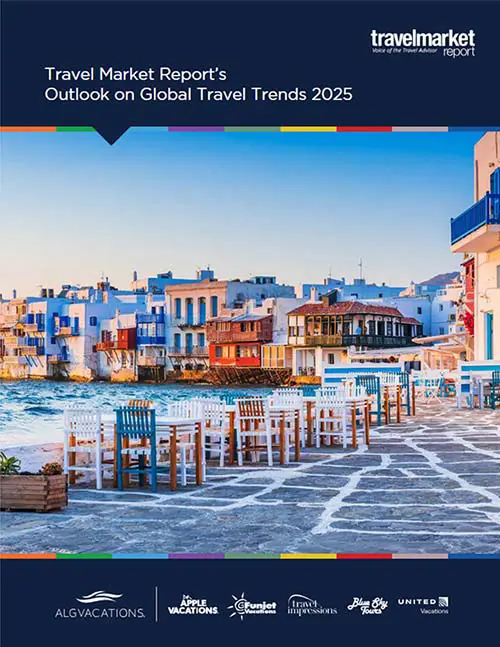Advisors Get Firsthand Australia Feedback at New York Times Travel Show
by Richard D'Ambrosio
Despite concerns over the bushfires, consumers still showed a high interest in Australia as a destination at the recent NY Times Travel Show. Photo: Shutterstock.com.
Approximately 24,000 consumers file through the two-day New York Times Travel Show every January. For three New York area travel advisors who specialize in Australia and New Zealand, it was a golden opportunity to take the pulse of traveler sentiment about future tourism to the region.
“I think everyone who was asking about Australia mentioned the fires immediately,” said Diana Hechler, of D Tours Travel, in Larchmont, New York, and one of the trio working a booth for Qantas.
“The fires were most certainly the focus from the consumer side, with many people opening the conversation with that topic, in particular,” said Kaytee Fisher, travel advisor with Malihini Travel, in Maitland, Florida.
The widespread bushfires have even caused Authorities in the Australian Capital Territory (ACT) to declare a state of emergency for the southern region of Canberra, calling it “the worst fire threat to the territory in nearly two decades”, according to a report by the BBC.
Hechler, a specialist in both Australia and New Zealand, said the three advisors scanned more than 500 badges and spoke to about 400 people on Saturday, Jan. 25, and Sunday, Jan 26.
“There was widespread awareness of the situation over the past few weeks, with most consumers expressing concern and sorrow. The first question, routinely, was, ‘How are the koalas doing?’” said Hechler.
“Their concerns and initial perceptions were that Australia was NOT a place they could travel to right now because the fires were dangerous to everyone,” she said.
When they did engage, travelers asked questions like: “What is the fire situation? How much time do you recommend for a visit? How long is the flight? How can I help, and do you have links for the best organizations to provide donations to?” said Lisa Wood Rossmeissl, owner of Boomerang Escapes, in Old Bridge, New Jersey, and a certified Aussie Specialist.
“Most people that spoke with me over the weekend would not be visiting until August of this year or later, so they really didn’t see it being an issue. Most were just concerned and saddened that it happened.”
Some tradeshow attendees reported that they had changed their plans to go to Australia, Hechler said, “but there was high interest in Australia as a destination. One of the booth visitors, an older gentleman, looked at our banners as he passed by and sighed, saying to me, ‘I’ve wanted to visit Australia for 30 years.’ I recommended that he act on his dream now.”
Afterwards, Hechler used that example with other booth visitors. “I told them, ‘Don’t let 30 years pass like the man I just talked to did.’”
Fisher personally had clients “who were rather panicked about the whole thing, but went through with their itinerary and had a great time. That was a great anecdote to pass along to the concerned potential travelers at the show.” Yet others, Fisher said, “weren’t as easily convinced, but seemed open to hearing more about the reality of the situation in Australia.”
When they did receive pushback, Hechler and Fisher left most of the persuasion to Wood Rossmeissl, who estimated that more than 75% of the attendees she spoke with brought up the fires. “Mostly, they wanted to know if it would affect travel, and they had questions about the air quality. Truth be told, the air quality there now is just as good, if not better, than the air quality here.”
Receptive to learning more
Over the entire weekend, Wood Rossmeissl received skepticism from only two people. “As I explained to most, though, my information wasn’t coming from the news, but that I have contacts and friends on the ground who send me daily updates. I feel they are a much more reliable source than the media sensation,” she said.
“Lisa did an excellent job of talking about where the fires were, and more importantly, were not,” said Hechler. “That is, most of the areas where first-time visitors would travel to were not affected by the fires, with the exception of Kangaroo Island.”
The trio’s “go to” commentary was to point out that most tourism destinations were untouched. “Sydney, Melbourne, Great Barrier Reef, are all fine for travel,” said Hechler.
“Consumers were very receptive to our commentary about the limited scope of the fires and the fact that tourism dollars will be very helpful in assisting recovery,” said Hechler. Tradeshow attendees also appeared to appreciate “having a knowledgeable travel professional advise them about and assist them in visiting Australia (as well as New Zealand and Tahiti).”
“I had only one person say they outright wouldn’t visit right now,” said Wood Rossmeissl, and “most were ready to talk about plans for this year and on into 2021.”
Wood Rossmeissl tried to remind trade floor attendees how vast Australia is, and emphasized that “the whole country was not on fire. Most tourist attractions, large cities and many states where untouched. The best way to help is to travel there this year, she said, adding the hashtag “#HolidayHereThisYear.”
Wood Rossmeissl said she anticipates planning sessions “with quite a few” New York Times Travel Show attendees over the coming months. “I had one that even sought me out after meeting me last year at the show to say she is ready to go this year,” she said.
“I feel that part of my role this weekend was to educate the traveler, and I feel the three of us did a good job, not only for the situation in Australia, but for New Zealand and the South Pacific,” Wood Rossmeissl said. “They are truly amazing destinations and I believe we expressed that well to the consumers

























